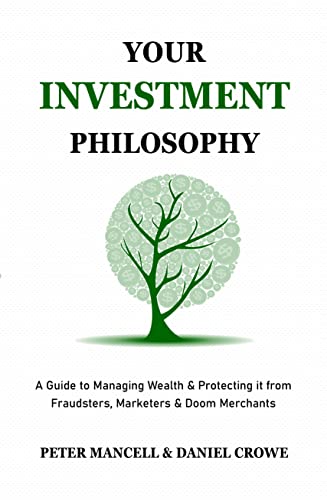
With disgruntled looks on their faces they were herded into a small conference room where the free coffee and tea was a small consolation for months of agitation. Not an ideal Tuesday afternoon in late February.
At the end of the meeting they dispersed. Some talked to the media. Others muttered to themselves. They were colour for the nightly news, along with the young journalists whose sharply dressed attire bellied the fact they understood little of what they were reporting on.
On this occasion, it was the Bellamy’s Organic EGM. Yet we’ve witnessed the same scene multiple times over the years. The company, investors and journalists may change, but their reasons for being there remain the same.
The journalists pretending to know about business and investing are there to report on the conflict and frustration. The people pretending to be investors are there because of their emotional involvement in a narrative which had gone bad.
The primary purpose of investing is creating wealth; however, many people find themselves investing after they’ve bought into a story, which puts something a little more tangible in their mind. The exciting tale of untapped growth a company has found in China or the romantic notion of earning money from a barrel of whiskey they’ll also have a keepsake bottle from.
As we showed late last year with Bellamy’s, when media mentions of the company increased so did the volume of shares traded and in turn the share price raced up. This indicated people were buying into the story of endless growth in China for their infant formula, even as valuations blew out.
To highlight the impact stories can have, a marketing study(1) in 2008 showed when people tasting wine were told one wine was a basic $10 bottle and another was a $90 bottle with a pedigree of note, most tasters said the $90 bottle tasted twice as good.
The only catch was the $10 wine and the $90 wine were the exact same wine!
With companies on the sharemarket, it’s their results that often tell the stories and do the marketing. This leads investors to shun companies with bad stories and gravitate to those that have great stories. The problem with focussing on these stories is they’re tales of the past.
Studies of Fortune magazine’s ‘admired’ and ‘despised’ companies have shown(2) it’s the despised companies who provide better average investment returns. Psychologically investors are attracted to the admired companies, but their share price tends to be expensive, while the share prices of the despised companies are beaten down and often undervalued.
Human minds have long proven they don’t have the ability to put aside the emotional appeal of an investment story. So maybe some investors need to start asking themselves how they’d like to spend a Tuesday afternoon in late February?
Focusing on something they enjoy or cradling a bad cup of coffee in one hand while shaking a fist at company directors with the other.
A diversified portfolio devoid of the emotional draw of individual companies will leave most investors focussing on how to spend the last days of summer.
Surely a better story.
1. Marketing actions can modulate neural representations of experienced pleasantness: Plassmann, H., O’Doherty, J., Shiv, B. and Rangel, A. 2. Stocks of Admired Companies and Despised Ones: Anginer, D., Fisher, K. L. and Statman, M.
This represents general information only. Before making any financial or investment decisions, we recommend you consult a financial planner to take into account your personal investment objectives, financial situation and individual needs. Seeking financial clarity? We think we’re Australia’s best financial advisor, click to see the reasons why.




